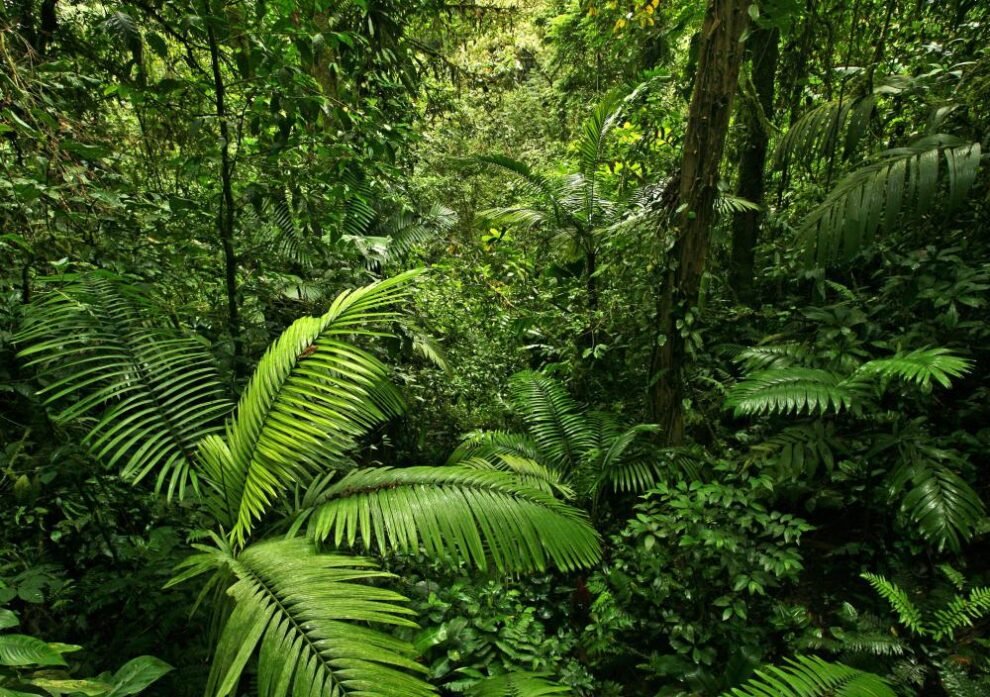Gabon on Tuesday closed the first debt-for-nature swap in continental Africa, in a sign that more developing countries are turning to deals that funnel money to conservation and ease their debt burdens. The $500mn deal, which was arranged by Bank of America, lowers the interest rate on Gabon’s debt and gives it longer to make repayments.
The African nation in turn has promised to spend at least $125mn to widen a marine reserve and strengthen fishing regulations, which could help protect endangered humpback dolphins. Proponents of such deals hope it will drive momentum to reshape the financing landscape for developing countries, which have long called for new ways to address their high debt financing costs and free up money to spend on mitigating the uneven impacts of climate change. The Gabon deal was a way to “knock down” the divide between philanthropy, public funding and private markets, according to activist investor Jeff Ubben.
Ubben, who sits on the board of oil and gas giant ExxonMobil and is part of the advisory team for the UN climate summit COP28, has helped fund the debt team at the non-profit organisation The Nature Conservancy, which helped arrange the deal. “It’s the hardest thing to do in the world to put money into [protecting] nature,” he said. “[But] you get enough use cases and more and more participants are comfortable and then it really takes off.” Gabon’s deal will be cheaper in part due to the political insurance provided by the International Development Finance Corporation, a development agency backed by the US government. It was arranged by Bank of America, which has muscled its way into a market previously dominated by collapsed Swiss bank Credit Suisse.
Lee White, Gabon’s minister of water, forests, the sea and environment, said the deal would marginally lower the country’s debt repayments. Some of the savings from this will be put into an endowment fund for marine conservation. “It is the first chunk of sustainable funding for the preservation and management of Gabon’s marine resources,” he said. White said issuing the “blue bonds” — so called because they are ocean-themed and could be added to sustainable investing funds — had been far easier than long-running attempts to generate payments for the conservation of Gabon’s forests through structuring and selling carbon credits. Although Gabon’s claims to such credits were much more robust than other discredited schemes, he said, it had proved difficult to sell them.
“It’s been quite a rocky road but we’re still heading down it,” he said. The credit rating on Gabon’s restructured debt rose from junk territory, CAA1, to AA2. Gabon also has more time to pay debts back, as bonds due to mature in 2025 and 2031 were replaced with a 15-year loan. However, investors have cautioned that the Gabon deal may not provide an easy blueprint for others to follow. The yield on Gabon’s bond will be about 6 per cent, according to initial market pricing, lower than the 10-11 per cent yields on Gabon bonds in secondary markets but also lower than many other agreements for emerging markets. A similar deal would be “massively positive” for Kenya, which has a $2bn bond coming up for refinancing next year, as well as for other African countries facing debt difficulties, said Richard House, chief investment officer for emerging market debt at Allianz Global Investors.
However, he warned that some investors may see the Gabon deal as “a bit of an orphan” because of its complicated structure, with a yield low for emerging market investors and high for those used to buying only investment grade bonds. “Only time will tell if it helps in the long term.” Drawbacks of the deal include its complicated structure, the “opaque process within which it is run”, and the “lack of detail” about how savings are calculated, said Thys Louw, emerging market debt portfolio manager at fund firm Ninety One. Another potential complication is the repeated description of Gabon’s restructured bonds as “blue” in a joint statement by Bank of America, a Gabonese minister, the DFC and TNC.
The “blue bond” marketing label typically refers to debt issuances where all of the money raised has to be spent on marine conservation or water-related projects. But unlike a typical “blue bond”, the bonds issued to fund debt-for-nature swaps can be spent on projects that are not linked to conservation. According to Moody’s credit rating agency, the $500mn loan represents about 4 per cent of Gabon’s overall debt pile. In spite of the fundraising, Moody’s said that Gabon still faced “high credit risks” linked to the green transition because it relied on the oil industry for more than a third of government revenue. It also warned that the country had “weak public financial management” and a record of “persistent” arrears to external creditors.
A person close to Bank of America said the bank had decided to do the deal publicly, rather than placing the bonds privately as Credit Suisse has done with deals in Ecuador, Barbados and Belize worth more than $1bn in total. It did this to bring “more transparency” to the structure and to create a more liquid asset class. The person acknowledged the deal was “complicated” and said: “Once we educate folks we expect these to be more streamlined.” Scott Nathan, the DFC’s chief executive, said the bank was working on getting similar transactions over the line after receiving interest from countries that have “debt management goals and economic development and conservation issues”. But he cautioned: “I don’t think it’s a solution to the global debt crisis . . . It’s a small number relative to the global debt picture.”
Source : Financial Times











